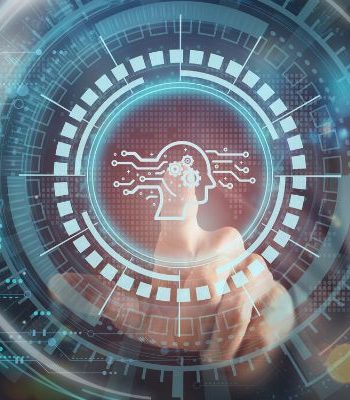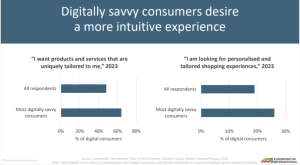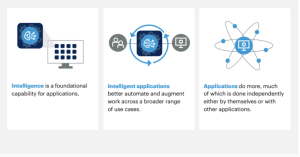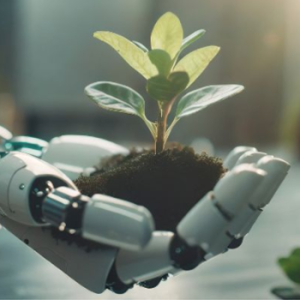Next-Level Interfaces

Key Takeaway:
This trend emphasizes the strategic importance of personalization in customer engagement, with companies dedicating a considerable share of their marketing budgets to tailored experiences. This investment is paying off, as enhancing customer retention by just 5% can boost profits by up to 95%. The advancement in technologies like neurotech and brain-computer interfaces is further enhancing this shift, allowing businesses to understand consumer intent more deeply and human-centrically, thus fostering stronger customer loyalty and significant brand growth.
Trend Type: Social & Business
Sub-trends: Intuitive Ecommerce, Interface Shift, Our bodies electronic, Human Interfaces, Personalization, Intelligent Applications, Brain Computer Interface, GenAI Search.


Use Cases
Intuitive Commerce: : Zalando is co-creating its new AI-powered assistant together with customers. The idea is that customers can ask questions in an intuitive way. Zalando also wants to integrate customers’ personal tastes and preferences, distilled from previous purchases.
Our Bodies Electronic: Immersion Neuroscience is a company using smartwatches and fitness sensors to measure subtle changes in people’s heart rate to predict their cognitive state. It has built a platform to measure what brains love using the smartwatches people wear every day.
Interface Shift: Be My Eyes is a generative AI-powered digital assistant that helps visually impaired people navigate their surroundings, complete tasks and live more independently.
Brain Computer Interface: Synchron has implanted the stentrode in several patients, who’ve employed the device to navigate their phones, computers and be-yond using only their thoughts. The stentrode is implanted in a blood vessel near the brain’s motor cortex, where it detects the us-er’s intent to move and transmits it wirelessly to take the desired action.
Sub-Trend Sources
Intuitive Ecommerce: Euromonitor Digital Shopper Trends
Interface Shift: Accenture Life Trends, Trend Hunter
Our bodies electronic: Accenture Tech Trends, Future Today Institute
Human Interfaces: Brandwatch Digital Marketing Trends, Statista
Personalization: Brandwatch Digital Marketing Trends, Statista
Intelligent Applications: Gartner Strategic Trends
Brain Computer Interface: CNET Tech Trends
API in AI-driven customization: Cisco Trends
GenAI Search: eMarketer Tech Trends to Watch
What to Read Next
All Things Data
The increasing complexity and scale of data within modern enterprises lead into a shift in data management strategies, catalyzing a trend towards more dynamic, integrated, and technologically advanced approaches. This[...]
Quantum Computing
Latest Advances Although Quantum Computing was already present in last year’s Digital Trends, in 2024, the race to develop viable quantum systems is intensifying, with tech giants like IBM, Google,[...]
Eco Tech
The “Eco Tech” trend reflects the growing integration of technology with environmental sustainability efforts. Among the forefront technologies is carbon capture. Industries such as cement and steel are increasingly adopting[...]
What to Read Next
All Things Data
The increasing complexity and scale of data within modern enterprises lead into a shift in data management strategies, catalyzing a trend towards more dynamic, integrated,[...]
Quantum Computing
Latest Advances Although Quantum Computing was already present in last year’s Digital Trends, in 2024, the race to develop viable quantum systems is intensifying, with[...]
Eco Tech
The “Eco Tech” trend reflects the growing integration of technology with environmental sustainability efforts. Among the forefront technologies is carbon capture. Industries such as cement[...]



